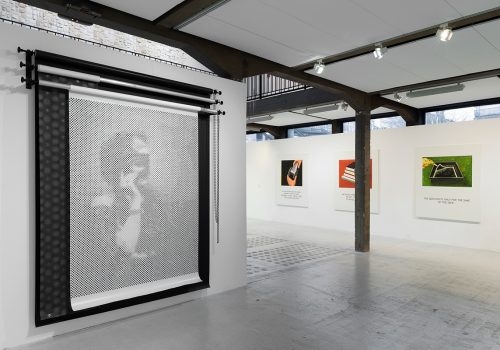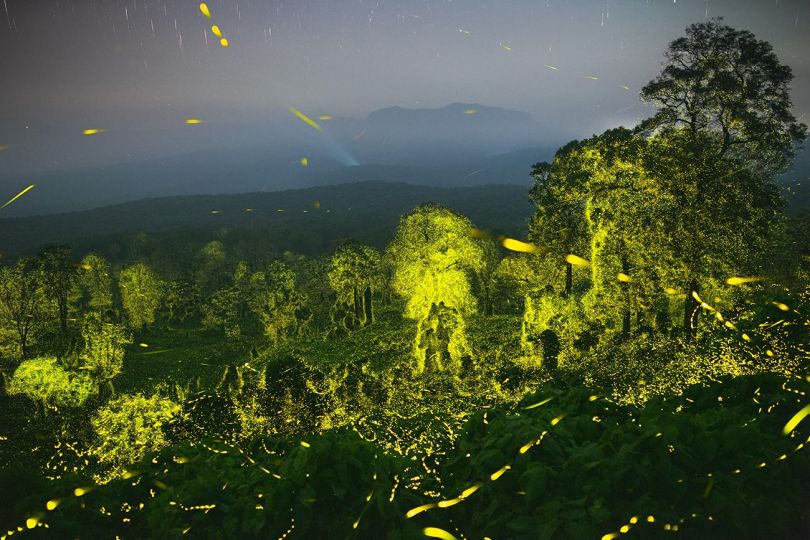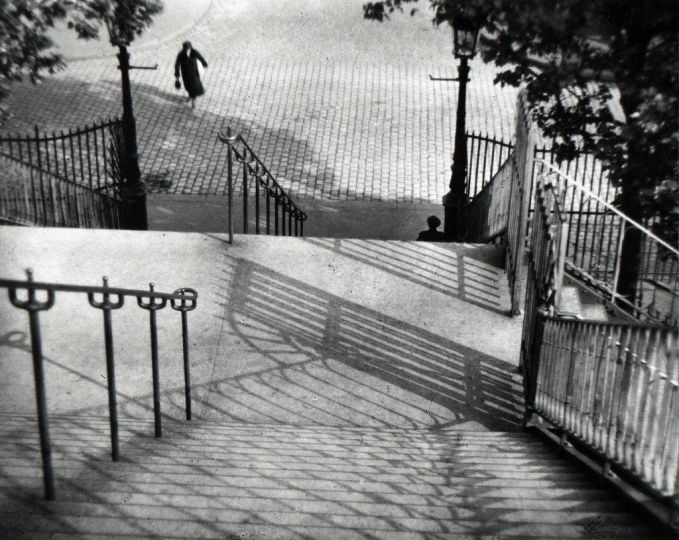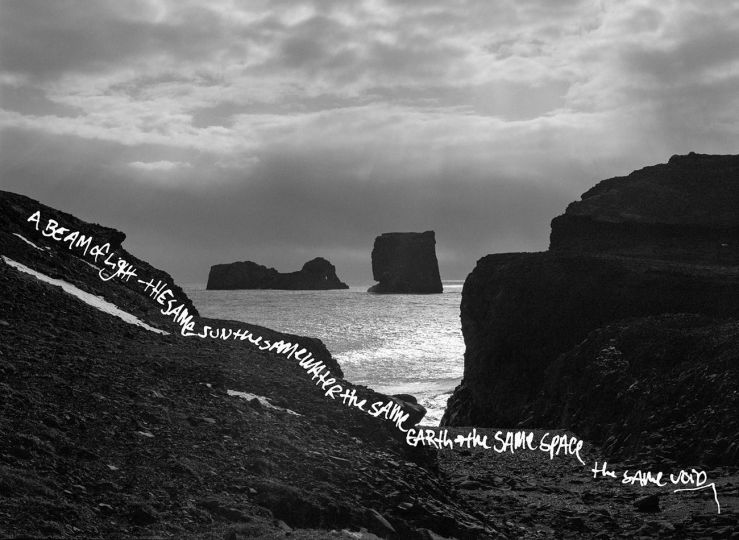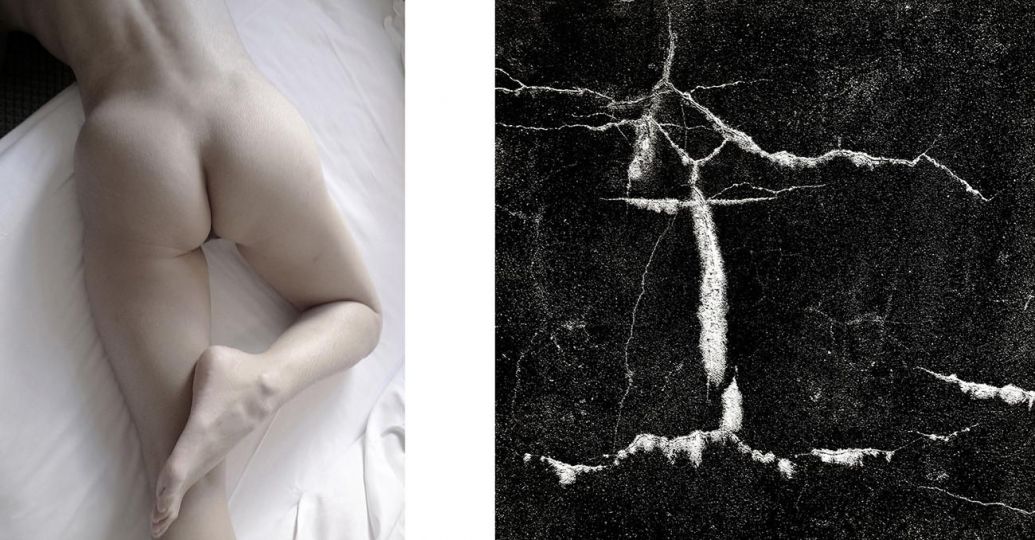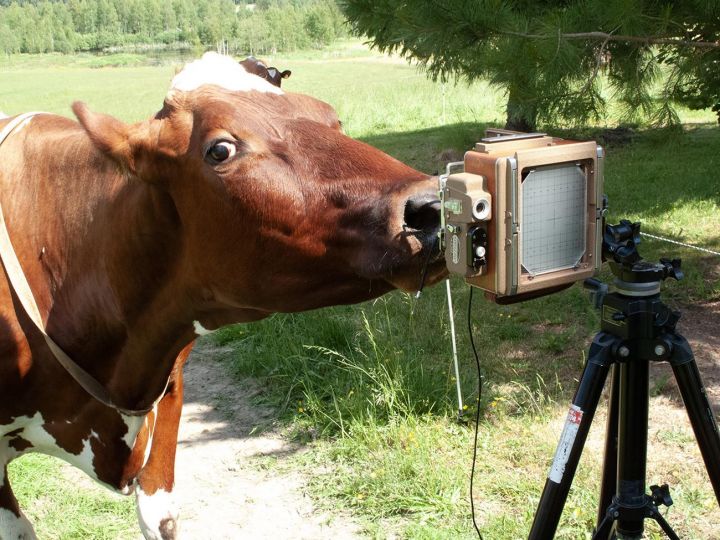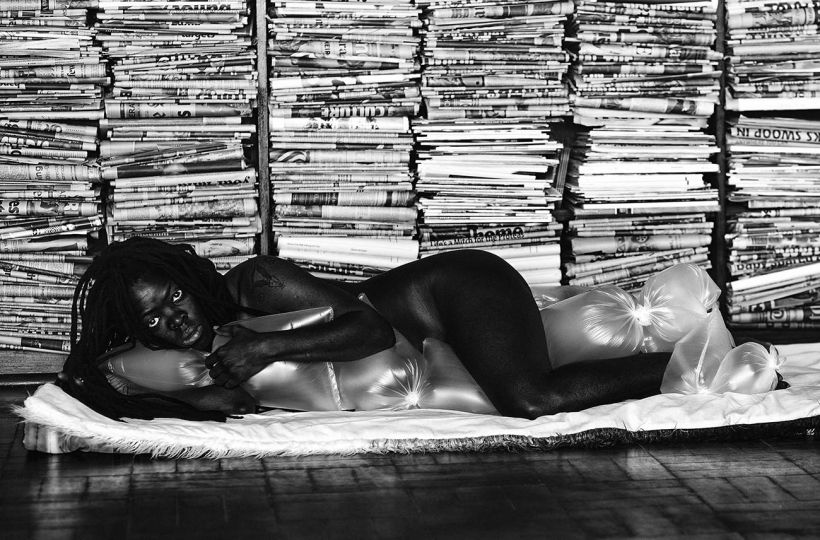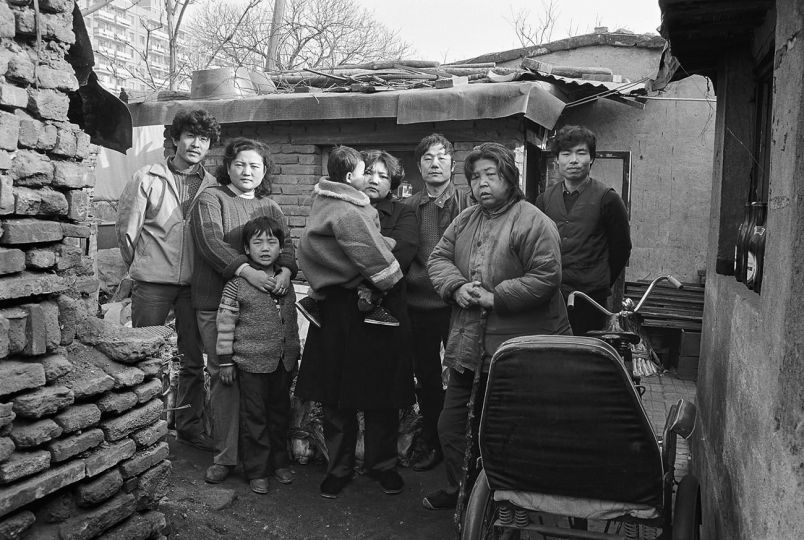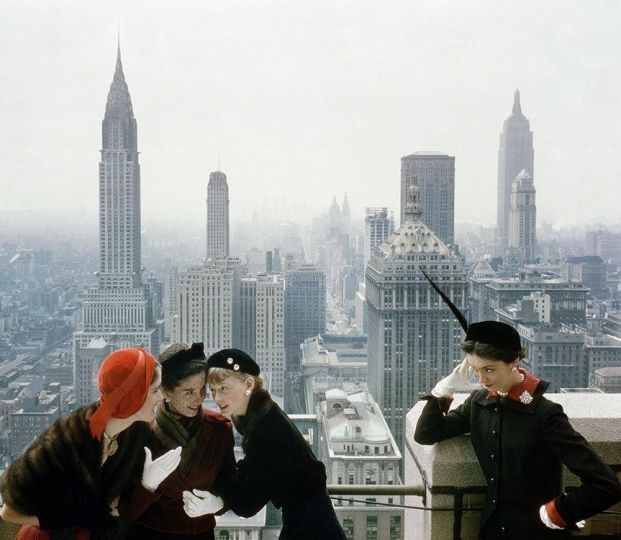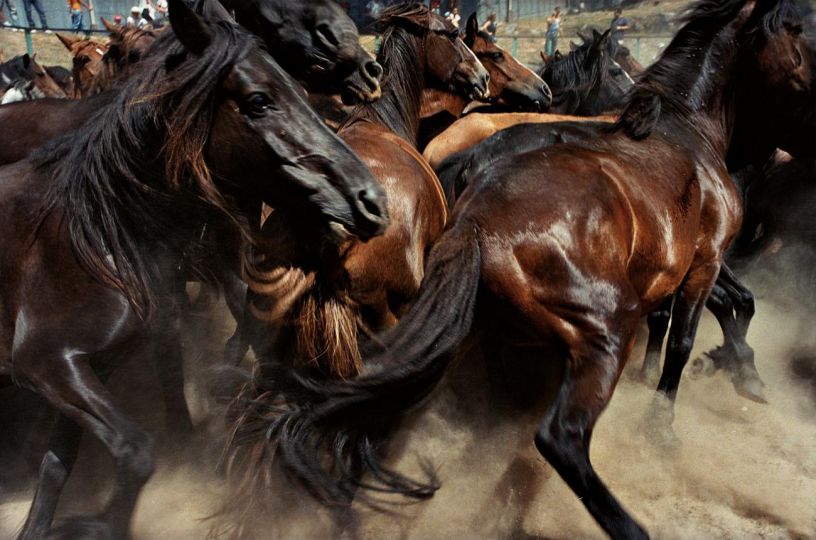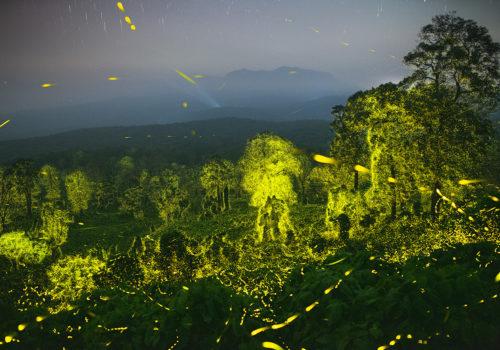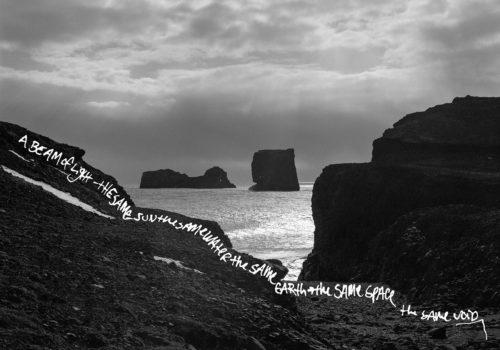A graduate of the École Nationale Supérieure de la Photographie, Isabelle Le Minh explores the essence and limits of the medium of photography, reactivating its history, techniques and theories. Her productions, witnesses of a polysemic work, have been exhibited in particular at the Rencontres d’Arles, at Paris Photo, at the Frac Normandie Rouen, at the Goethe Institut in Paris and recently at the Regional Center of Photography in Hauts de France with the exhibition NOT THE END. Represented by Galerie Christophe Gaillard, in September 2019 she presented the Before Something New exhibition there and has just published her first monograph After Photography & Beyond. In 2020, the Alfred Ehrhardt Foundation in Berlin is presenting her first solo exhibition in Germany, Real Crystal, after Alfred Ehrhardt.
Isabelle Le Minh’s work questions the nature of the photographic medium, the notion of author, but also the relationship to time and space in her works, elements perceived as both experiments and extensions.
In Japan and during her residency, Isabelle Le Minh retraced the journey through Japanese lands of James Lee Byars, an enigmatic American figure of contemporary art. By reactivating a view of an exhibition of Byars at the Kyoto Municipal Museum dating from 1962, she creates a device that invites the viewer to experience the point of view of space and time, two fundamental notions of the photographic field. .
“My residency lasted 3 months, which is not much considering the scope of my project and the difficulties encountered. For an artist, staying in Japan is a bit like being like a child in a candy store, as the possibilities seem numerous (but not always accessible). The tea ceremony, the visit of the Buddhist temples of the Rinzai Zen school where Byars performed and the time spent in a Noh mask workshop to carve wood were for me, against all expectations, real highlights. I also didn’t expect nature to be so ubiquitous in Kyoto, its manifestations – sometimes impressive – have infused a little magic and poetry into my daily life. This stay has of course enriched, stimulated and opened up new perspectives “.
I consider video to be a kind of “augmented” photography because of its specificities compared to the still image, in particular its temporality or its sequential character – in the sense that the scrolling of the images takes place in an order imposed on the viewer. I use it when I want to edit together an important sequence of images (as is the case in the piece This is the artist which is more of a slide show) or when I want to work on the time during which the images are given to see as with the video loop Flicker, after Paul Sharits, a very fast assembly of hundreds of test charts and charts that I conceived like an immersive device in homage to the American structural cinema of the Sixties.
– NEWS:
Black & White: An aesthetic of photography – Collection of the National Library of France, Grand Palais, Paris
12.11. 20> 04.01. 21
https://www.grandpalais.fr/fr/evenement/noir-blanc-une-esthetique-de-la-photographie
IN PROGRESS :
APPARATUS, Frac Grand Large,
09.19.20> 01.03.21
http://www.fracnpdc.fr/?p=9459
Photography put to the test of abstraction, Center Photographique d’Ule de France
26.09> 13.12.20
http://www.cpif.net/fr/programme/photographie-equête-abstraction

